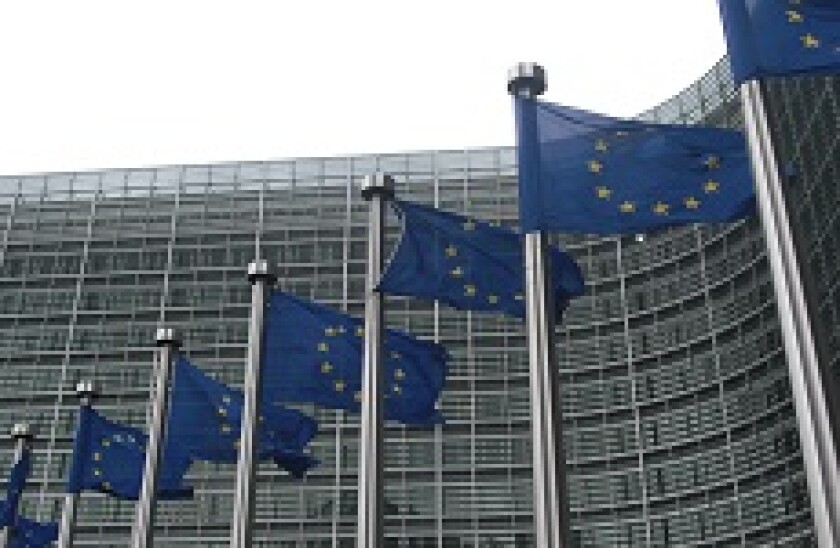European Parliamentarians hailed the new regulation as a brand new securitization law that had both cleaned up a toxic market which brought the global financial system to its knees in 2008, and made securitization fit for purpose in Europe.
The tone was a little ironic, given that the toxic mortgages which are often used in the EU to highlight the evils of ABS were originated in the United States, and that European ABS fared far better.
Europe’s biggest problems in the aftermath of the financial crisis are the vast levels of non-performing loans, which have not been packaged up and sold to investors, but still sit on bank balance sheets.
Since the crisis, the US has welcomed the prodigal asset class back into the investment family, but Europe has continued to penalise ABS through regulatory capital regimes.
While other asset-backed products, such as covered bonds, are given preferential regulatory treatment, ABS remains both expensive and tricky to hold.
However, now Europe is waking up to the fact that it may need the market and is likely looking enviously across the Atlantic at the recovery in the US, and the efficiency with which issuers can move risk to investors through securitization.
But the process to revive the market has been drawn out, with parliamentary grandstanding and last minute additions to the text delaying and complicating the process. It has taken the EU almost two years to finalise what should have been a relatively simple legislative process, which it claims is a cornerstone of its plans for the 'Capital Markets Union'.
The EU has needed functioning securitization markets badly throughout this process, with banks across Europe desperate to move books of loans off balance sheet to investors. Even when the issuers aren't placing these books in securitization format, the buyers of these legacy assets typically add leverage using securitization.
Doubts remain
ABS practitioners still have doubts, despite the self-congratulatory political statements last week, over whether Europe's politicians really do want to bring the market back properly.
Politicians should now put those doubts to rest, cutting the capital burden for ABS transactions further, for example by easing requirements for insurers under Solvency II, particularly for anything conforming to the STS criteria.
At the highest quality end of European ABS, deals are seen to be so safe that some investors are holding it as an alternative to cash and at an effective negative yield, so investors are clearly comfortable with the risk.
If Europe wants to make the securitization market fly again, it needs to back up last week’s talk with action, rather than speaking nicely about the asset class in public, while keeping the market in the dog house through the regulation it enacts.

